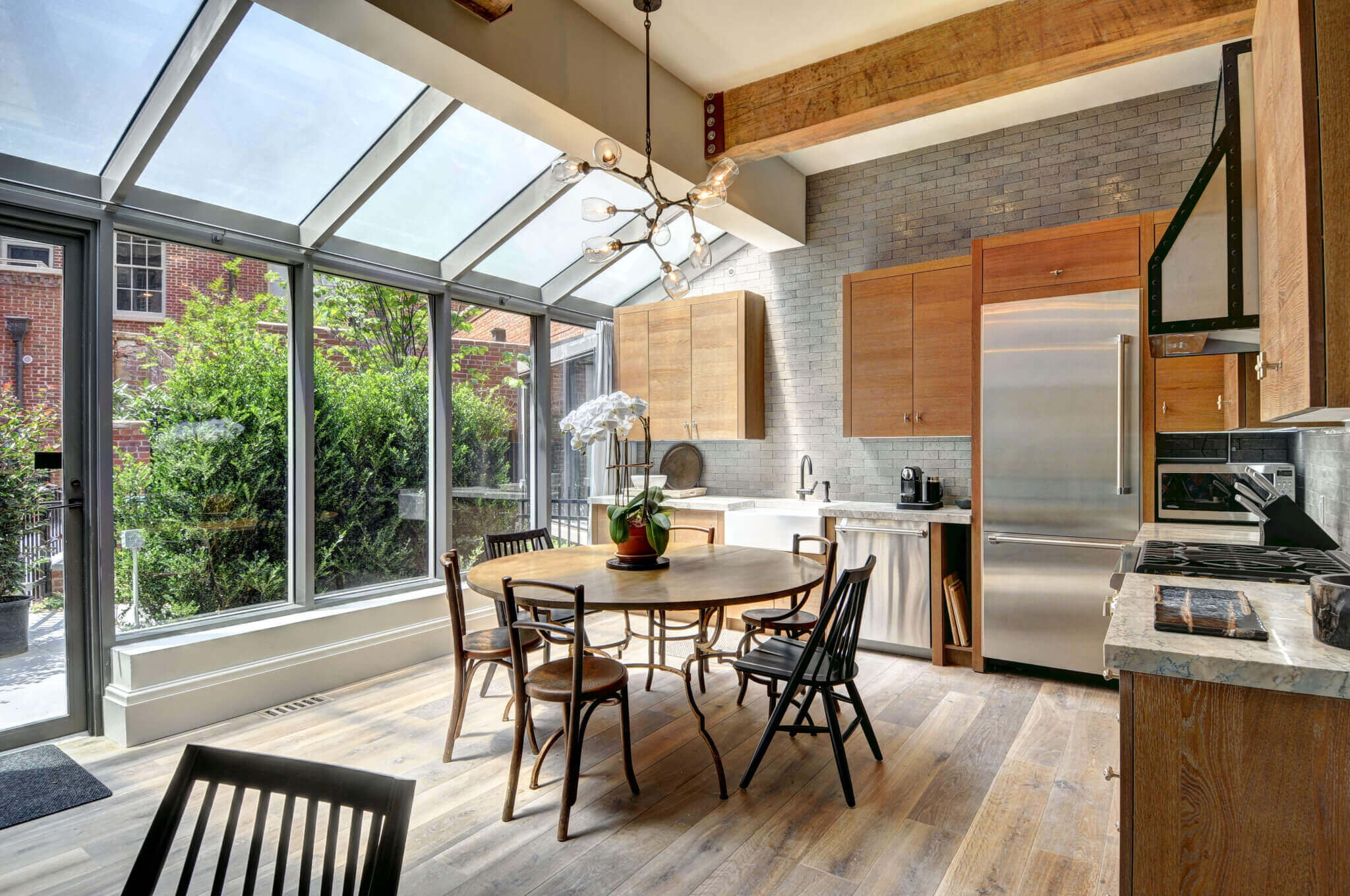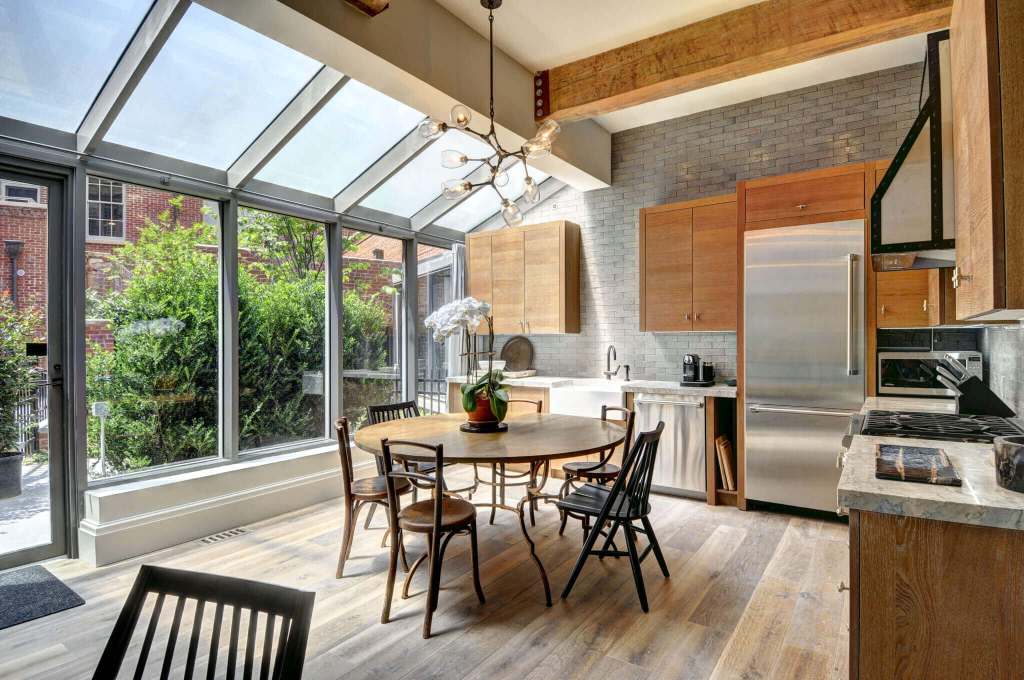Backstory: Industry to Residential Luxury at Sag Harbor's Watchcase Factory

The Watchcase Factory in Sag Harbor, which today is a four story condominium with 64 units, some 3,000 sq. ft. in size, was built in 1875. Prior to that time, the town had been a bustling home port for the American whaling industry. More than a hundred whaling ships berthed in Sag Harbor during the 1800s. By 1849, Sag Harbor had become one of the four major whaling ports in America, along with Lahaina, Nantucket and New Bedford. By that time, along with the bars, restaurants and hotels, there was even a steam powered generator in town. It’s fuel was not whale oil, however, it was fueled by kerosene, something that made everyone uneasy. Offshore, there were fewer and fewer whales to be harpooned. Where was this going?
In late 1849, news came that gold had been discovered in California. With that, practically every whaling ship in Sag Harbor, 134 of them, pulled anchor and headed off to that place. The economy here dropped like a stone. Those that remained were in a virtual ghost town.
In 1870 a group of concerned merchants in Sag Harbor took it upon themselves to approach three brothers in New Jersey who owned a watchcase factory that was being closed. Sag Harbor had an empty wharf and warehouses, docks, and a labor force with a whole lot of nothing to do. The Fahy brothers relocated to Sag Harbor.
Get the Full Story
For the next 80 years, the Fahy’s Watchcase Factory, along with other enterprises, turned Sag Harbor into an industrial town. But in 1950, as factory owners in the Northeast began to move their operations south to where the labor was cheaper, it became apparent that Sag Harbor could suffer an economic collapse to rival that of 1849. In 1962, the watchcase factory, now owned by Bulova, closed. The 1960s and 1970s were among the most difficult of times in town.
The new economy arrived in the 1980s as a form of tourism. With its narrow and winding residential streets, Sag Harbor, even with most of its homes abandoned, was one of the cutest little waterfront towns anywhere. You could buy a small, rundown cottage built in the 19th century for almost nothing. And so, Sag Harbor became a bustling historic village with many 100 foot yachts in berths where whaling boats had been before. It has been an amazing transformation.

Attempts were made in the 1980s to create an apartment building out of the abandoned watchcase factory, but they all failed. Industrial pollution had accumulated around the factory. A cleanup was done between 1998 and 2003. At one point, a narrow channel was dug from the factory building out into a woods so the water, with the pollutants strained out, could flow down to one of the large ponds that sits there between Sag Harbor and Bridgehampton.
This, it turned out, created a problem for a species of migratory frogs that every spring would hop through the woods to reproduce themselves in a pond adjacent to the one the water flowed into. Environmentalists feared the frogs would drown or get swept into the wrong pond. They’d miss the mating.
As a result, a wooden one foot tall overpass was built over the channel so the sex crazed frogs could get through. The system worked. The building site was cleared. The frogs survived.
In 2002, plans were put before the town to restore the building. It was solidly built, although for a time, parts of the brickwork façade had begun to fall off.
Temporary wooden scaffolding was built to protect pedestrians for a time.

Around 2015, the renovation began — 64 luxurious units were created. Among the wood beamed interiors, the amenities include a swimming pool, a fitness gym and sauna, a lounge, a picnic area and parking garage, all just a block from Sag Harbor’s historic wharf.
Units sometimes sell for $5 million.
Have a East End real estate story? Want to share? Text us at 516-527-3566. We’ll call you back, and then write it up for this weekly column. –Dan
Vetted Hamptons Resources









